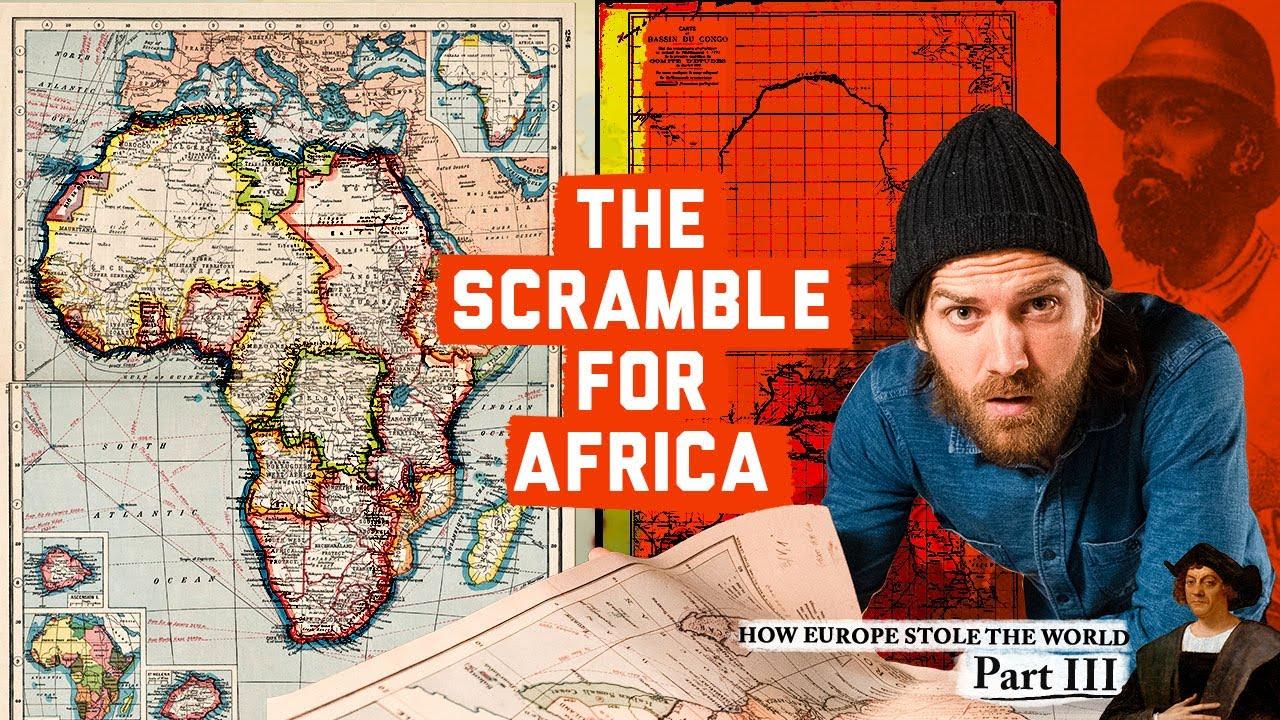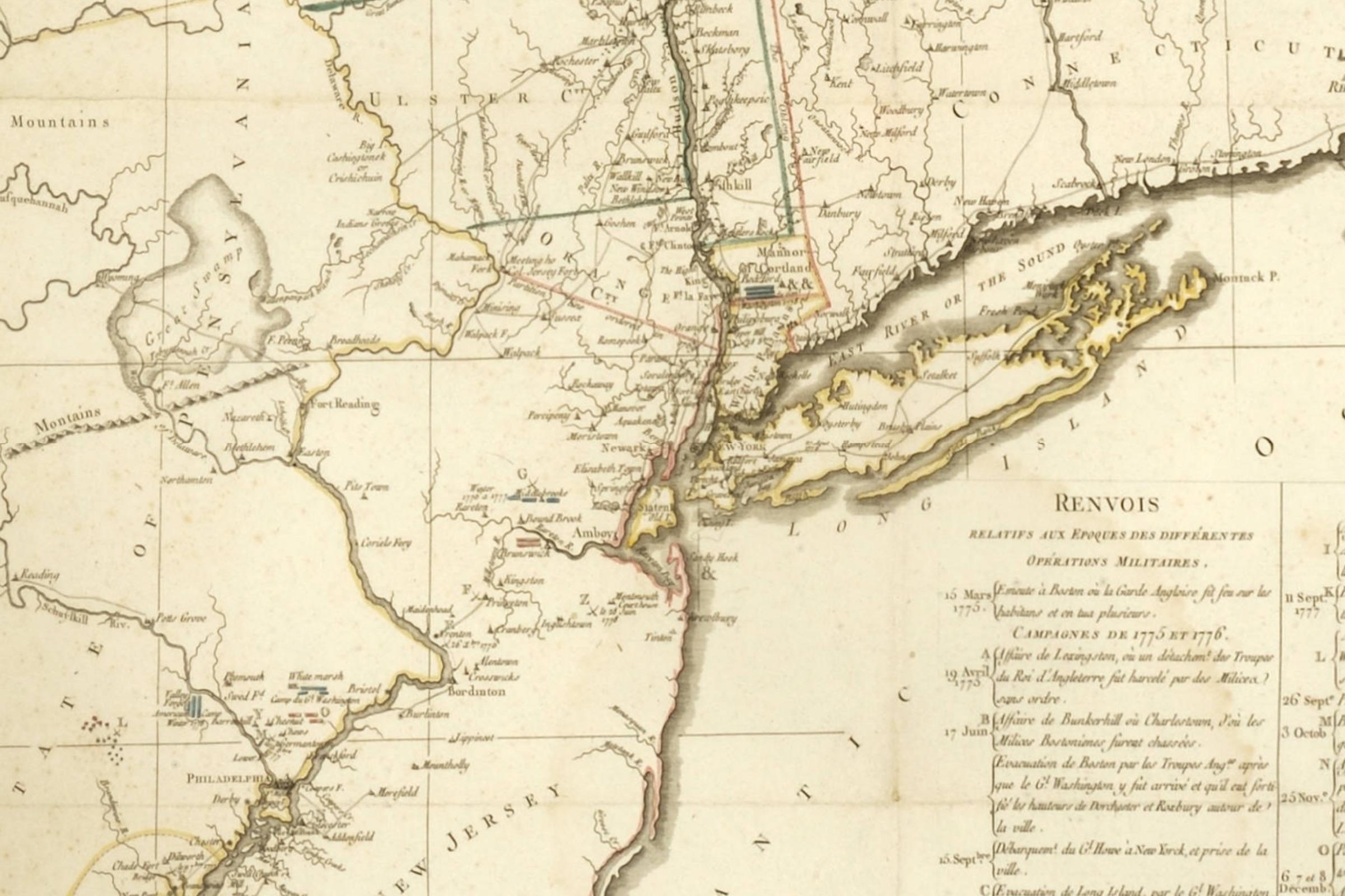
Unveiling Speed: How Europe Seized Africa
In the mesmerizing dance of history, few movements have been as consequential and mind-boggling as the rapid colonial expansion of European powers into Africa. Our newest blog post, “Unveiling Speed: How Europe Seized Africa,” delves into this astounding transformation, analyzing the very fabric of imperialism and the overwhelming surge that reshaped the global landscape within a mere century.
Just think about it—by the close of the 19th century, a continent once relatively insulated had managed to spread its tendrils across 84 percent of the planet, claiming lands and altering destinies. How did this seismic shift occur? What combination of technology, strategy, and geopolitical cooperation paved the road for this unprecedented dominion?
As we voyage through this chapter of history, we’re not simply retracing the steps of empire. We’re unlocking the stories behind the maps, the emergence of modern corporate structures, the battles fought not just with weapons but with ideas and trade systems. This isn’t a distant narrative. It’s the context in which we live, the backdrop of the languages we speak, and the intricate web of international commerce that binds us.
From the aggressive policies of Spain and Portugal that sparked the era of colonialism, to the competitive spirit that fueled the Dutch’s corporate empire-building, our journey through “Imperialism 2.0” will confront a stark reality. This era of ‘vulgar and bastard imperialism,’ as phrased by one British prime minister, wasn’t a foregone conclusion. It was the outcome of revolutions, innovations, and a complex intertwining of European powers that fundamentally sculpted the world as we know it.
Join us as we explore the vivid and dramatic narrative of Europe’s expansion in Africa, examining the gears and levers of imperial ambition in a time where maps were being redrawn at an unprecedented speed. Not just a page from history, this is the context of our modern world—a phenomenon profoundly permeated by the legacies of European imperialism [[1]] [[2]].
The Steam-Powered Engine of Colonialism: How Technology Spurred Imperialism 2.0

Based on your role as a blog post writer for Roots Afrikiko, focusing on creating rich, SEO-friendly content based on YouTube video material, there are several strategies you can employ to optimize your blog posts effectively while maintaining a journalistic and engaging tone.
Firstly, ensure to conduct thorough keyword research related to the video content you are summarizing to help in boosting your SEO efforts and increase the chances of your blog post ranking on search engines like Google[1]. Integrate these keywords smoothly throughout your content to ensure a good balance between SEO and the quality of writing, while ensuring the content remains engaging and informative.
In your blog posts, divide them into three sections: introduction, body, and conclusion, with each section having a title in H2 format to improve readability and structure[3]. Start with a captivating introduction that summarizes the video content briefly and entices the reader to continue. In the body section, provide insightful analyses and summaries of the video, ensuring that you maintain a balance between formal and casual tones to keep readers engaged.
Focus on clear and concise communication, ensuring that the content is easily digestible for readers who may not have watched the video. This approach will make the content accessible and interesting to a wider audience. Additionally, include headers in the body section to break down the content into digestible chunks, enhancing both readability and SEO optimization[1].
For the conclusion, use a generic closing with a touch of personalization to give a warm and engaging end to the content. This personalized touch will help in keeping readers connected and encourage them to explore more content on your blog.
By following these guidelines and incorporating insights from the provided resources on SEO writing and blog SEO, you can create SEO-friendly blog posts that resonate with readers and contribute to the success of Roots Afrikiko’s content strategy.
Mapping Domination: The Cartographic Revolution that Redrew the World

Dear Roots Afrikiko Blog Post Writer,
To excel in creating rich, SEO-friendly blog posts based on YouTube video content for Roots Afrikiko, it is essential to follow key SEO best practices to ensure your posts rank well in search engine results pages (SERPs) and attract a wider audience. Utilizing the tips provided by Semrush and Yoast can significantly enhance the quality and visibility of your blog posts.
When crafting each blog post, remember to follow a structured format with clear sections. Start with an attention-grabbing introduction that sets the stage for the topic of the video content being discussed. Use an H2 title to clearly indicate the introduction section of your post [1].
In the body of your blog post, maintain a balance between formal and casual tones to engage your readers. Incorporate journalistic elements to provide insightful analyses and summaries of the video content, ensuring that even those who haven’t watched the video can understand and appreciate the information presented. Skillfully integrate keywords relevant to both the video content and the target audience to boost SEO without compromising the quality of writing [2].
For the conclusion of each post, use a generic closing with a touch of personalization to create a warm and engaging end to the content. This will leave a lasting impression on your readers and encourage them to explore more of your blog posts in the future [3].
By following these guidelines and incorporating the advice from industry experts, you can craft compelling blog posts that not only rank well in search engines but also captivate and inform your audience effectively.
Best of luck in your writing endeavors for Roots Afrikiko!
Sincerely,
[Your Name]
Unforeseen Alliances: The Role of European Cooperation in Conquering Africa

As a blog post writer for Roots Afrikiko, specializing in creating rich, SEO-friendly blog posts based on YouTube video content, it is crucial to follow a structured approach to ensure your content is engaging, informative, and well-optimized for search engines. Here is a step-by-step guide on how to achieve this:
Introduction:
In the introduction section of your blog post, aim to hook the readers and provide a brief overview of what they can expect from your analysis of the video content. Use a catchy title in H2 format to draw in the audience’s attention. Consider incorporating the main keyword naturally to optimize the content for search engines. You can refer to resources like Ahrefs[1] for guidance on finding winning keywords for your blog posts.
Body:
The body of your blog post should contain insightful analyses and summaries of the YouTube video content. Dive deep into the key points discussed in the video and present them in a structured and easy-to-follow format. Make sure to mix formal and casual tones in your writing to keep the readers engaged. Utilize a mix of original research, topical research, and competitive research to provide valuable and unique insights to your audience. You can refer to resources like WordPress[2] for guidance on creating a well-structured blog post.
Conclusion:
In the conclusion section, wrap up your analysis and provide a generic closing with a personalized touch to leave a warm and engaging end to the content. Reinforce your main points and encourage readers to share their thoughts or ask questions in the comments section. Remember to include a catchy title in H2 format for this section as well.
By following these steps and integrating keywords smoothly for SEO without compromising the quality of your writing, you can create compelling blog posts for Roots Afrikiko that are both search-friendly and reader-friendly. Your journalistic approach will ensure that the content is informative and accessible to a wide audience, even those who may not have watched the video. For more guidance on writing blog posts, you can refer to resources like Semrush[3].
Keep honing your writing skills and adapting your style to meet the demands of the audience while maintaining a high standard of quality in your blog posts.
From Inevitability to Instability: The Near Miss of European Dominance Collapse

As a blog post writer for Roots Afrikiko, your focus on creating rich, SEO-friendly content based on YouTube videos is crucial for engaging and informing your audience effectively. To ensure your blog posts are optimized for search engines while maintaining high-quality writing, here are some best practices you can follow:
- Keyword Research: Before you start writing, conduct thorough keyword research to identify relevant keywords that you can smoothly integrate into your content. This will help your blog posts rank higher in search engine results [3].
- Blog SEO Practices: Implement blog SEO practices such as on-page optimization, improving page speed, and utilizing internal linking to enhance the visibility of your content [1].
- Content Structure: Divide your blog posts into three sections – introduction, body, and conclusion. Each section should have a clear title in H2 format, making it easy for readers to navigate through your content [2].
- Writing Style: Blend formal and casual tones in your writing to maintain a journalistic approach that engages and informs your audience effectively.
- Insightful Analysis: Provide insightful analyses and summaries of the video content in your blog posts. Make the information accessible and interesting, even for those who may not watch the video.
- Generic Conclusions with Personalization: End your blog posts with a generic closing that includes a touch of personalization. This will create a warm and engaging conclusion to your content.
By following these guidelines and incorporating the principles of blog SEO, you can create compelling blog posts for Roots Afrikiko that are optimized for search engines, engaging for readers, and informative about the YouTube video content you are basing them on.
The Conclusion
As we come to the end of our journey through the captivating history of how Europe seized control of Africa and ultimately the world, one thing becomes clear – the world as we know it today was shaped in significant ways by the events of the past. From the rapid expansion of European empires to the rise of imperialism 2.0 fueled by technology and cooperation, the landscape of global power underwent a dramatic transformation.
The maps may have changed, but the echoes of this history still reverberate in the way we trade, communicate, and view the world around us. It is a reminder that the past is not so distant, and the legacies of colonialism continue to impact our lives today.
As we reflect on the past, it is crucial to remember the complexities and nuances of history, and to strive for a deeper understanding of the forces that have shaped our world. The story of how Europe seized Africa is not just a tale of conquest, but a reminder of the enduring impact of power and privilege.
Let us continue to explore, learn, and challenge our understanding of the world, so that we may navigate the complexities of our global society with empathy, awareness, and a commitment to justice. Thank you for joining us on this journey through history, and may we continue to unravel the layers of our shared past with curiosity and compassion.


